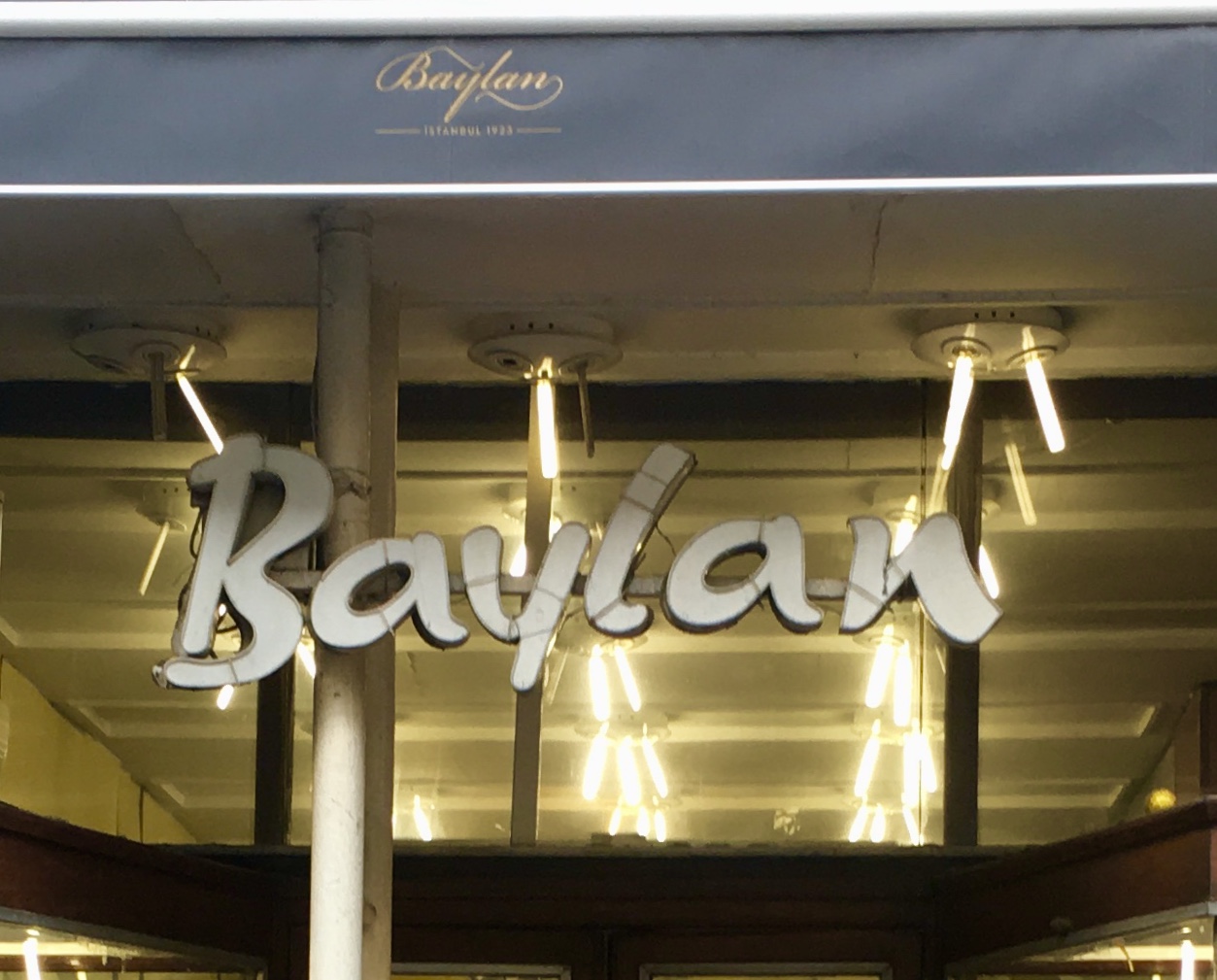As we all know, certain cafes, pastry shops, bars and restaurants become an inseparable part of the common memory of a city. Sometimes, the name of a city brings these places to your mind almost instantaneously. Recommended by a guide book, a friend or a local, they may be places you went to when you visited the city. Or else, they might be places that you have read about. Being an historical city, Istanbul is not short of such places. However, a good many of them do not exist anymore. They either only linger in the memories of senior Istanbulites or we just get to read about them, feeling nostalgic for the city of Istanbul that is long gone…
Sometimes, famous places of the past are reopened in their old places with new owners. Not all of them meet their legendary standard and you are left with a deep sense of disappointment. Usually, such places do not stay open for long. On the other hand, there are also good examples such as the Pandeli Restaurant that I mentioned when I wrote about the Egyptian Market. The new owners of this iconic restaurant were adamant in finding the previous staff when they reopened the place. So far, it has been a success.
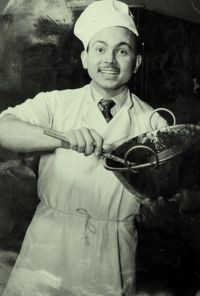
Source: www.baylangida.com
The story of Baylan is somewhat different because, it was entrusted to a new owner, together with all its secret recipes and specialities, by the last living member of the family actively involved in the business, long before he died. In this way, he both had time to supervise the process under the new ownership and to be consulted for a considerable period of time.
Baylan was not the first pastry shop in Istanbul but it has the characteristic of being the oldest one that served its clients continuously since it opened its doors 96 years ago. Dating back to 1923, Baylan is the same age as the Turkish Republic. It has been serving cakes, chocolates, tarts and Western style desserts for nearly a century now. The Coupe Grille (Kup Griye), that is also served in some cafes across Europe as Coupe Baylan, is the creation of Baylan Patisserie.
The founder of Baylan, Philip Lenas, immigrated to Istanbul from Epirus in 1919. Epirus is a region between south of Albania and northwest of Greece. He was 16 years old at the time and Albania had gained independence from Ottoman rule a few years ago. He had Greek origins. By that time, Greece had been an independent country for almost 90 years. However, interestingly, he chose neither to stay in Albania nor to go to Greece but came to Istanbul instead.
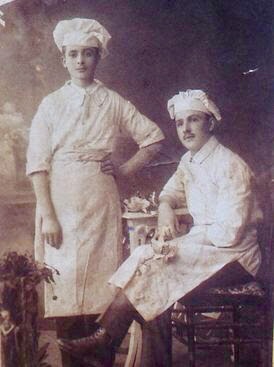
Source: www.haberturk.com 11/06/2016
Becoming a pastry chef had been Philip’s childhood dream. To that end, he started working at the French Mulatier company which was one of the first chocolate producers in Istanbul. After a couple of years, in 1923, he opened a pastry shop named Loryan (L’Orient) with his cousin in one of the side streets of Beyoğlu (Pera). In a short time, they started competing with the most renowned cafes (Markiz, Lebon, Moskova) of the period. By that time, the country had undergone a dramatic political change. The more than 600 years old Ottoman Empire had been replaced by the new Turkish Republic. The Western lifestyle that existed among the non-Muslim communities of the country was rapidly becoming popular among Muslim Istanbulites as well.
In 1925, a second branch was opened in Karaköy. Three years later, in 1928, Loryan moved to the main avenue, İstiklal Caddesi No: 148, in Beyoğlu. In 1934, following a general movement in the country for the use of Turkish names, the company changed its name to Baylan which means impeccable in the now extinct Chagatai Turkish language. The name was proposed by the art historian Prof. Burhan Toprak. Baylan started chocolate production in 1939 and soon became a trademark. The chocolate factory continued to operate until 1984.
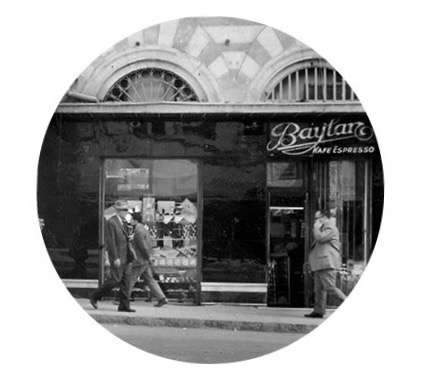
Source: www.baylangida.com

Source: www.baylangida.com
As the years passed, Baylan in Beyoğlu (Pera) became a meeting place for a group of authors, poets, critics, painters and actors. They would meet there late in the afternoon and have long debates on literary and artistic issues while savouring the numerous delicacies that Baylan was now famous for. This went on throughout the 1950’s and 60’s and in time, the group amounted to almost 40 artists. They became known as the “Baylan People”. Those among them who were involved with literature were later to be named as the social-realist “Baylan Literary Movement”.
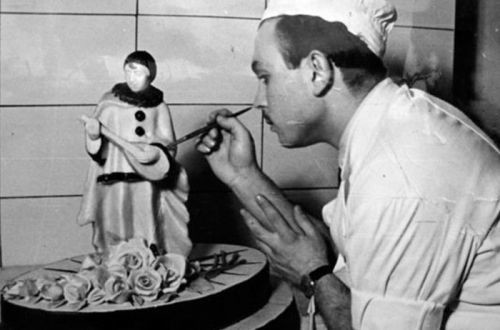
Source: www.baylangida.com
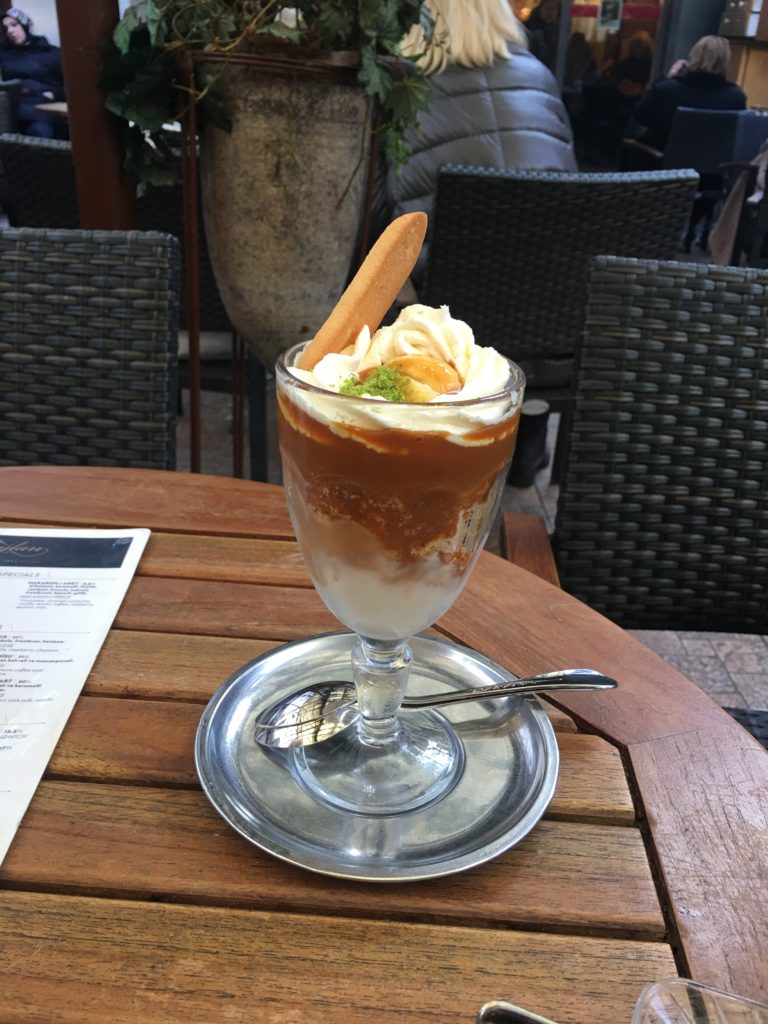
In 1934, Philip Lenas had a son, Harry Lenas, who was to be his eldest one. When Harry graduated from high school, he worked with his father for a while. He later went to Europe to study in the top schools of the profession. He initially studied at the Zuckerbacker Schule, in Vienna, for one year. While studying, he worked as an intern in the famous cafes of the city such as the Aida Café. Afterwards, he went to the Richmont Fachshule boarding school in Luzern, Switzerland, to specialise further in making pastry and chocolate praline. Harry Lenas also worked at the Mövenpick Restaurant before going to Gefrat Solingen in Germany, to take courses on the confectionery and chocolatier business in the Food Industry School. When Harry Lenas returned to Istanbul, he was now well equipped with the state-of-the-art trends of the pastry, confectionery and the chocolate business. Combining this knowledge with his incessant observations on the Turkish peoples’ taste for desserts and sweets, he created the legendary Kup Griye which continues to be loved across generations.
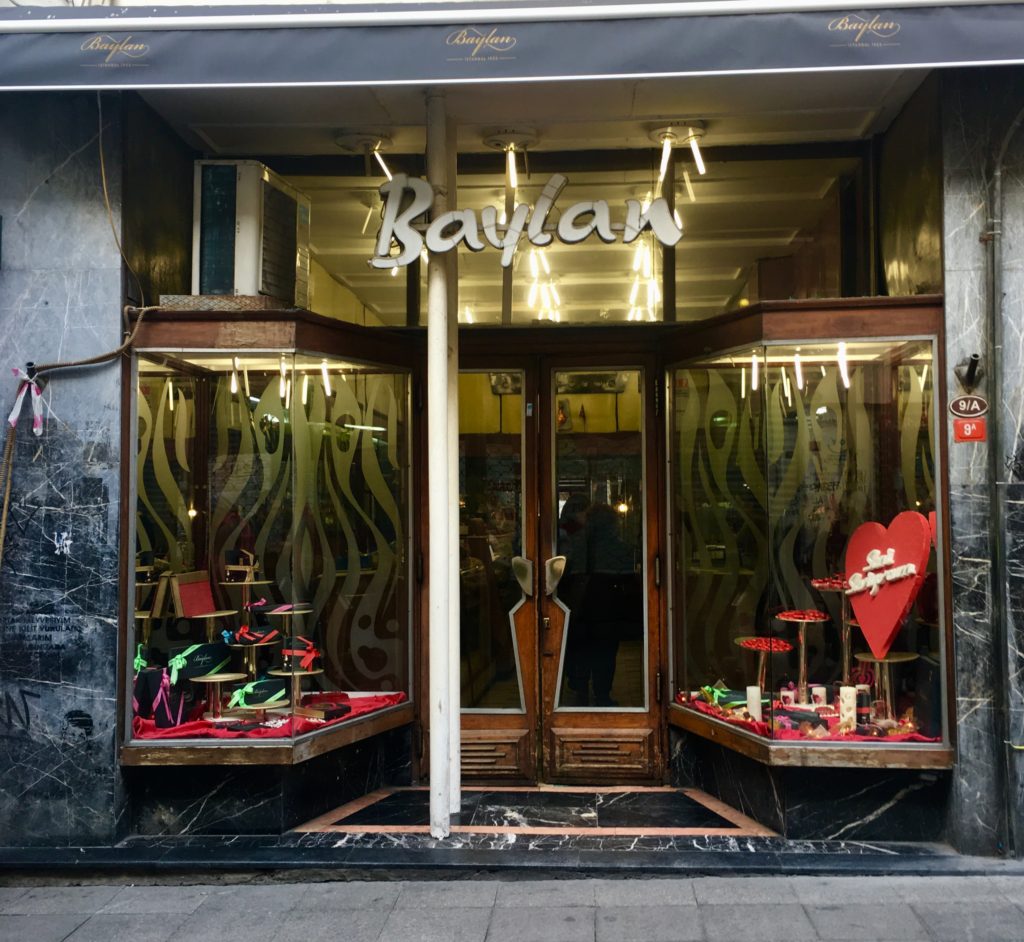
Baylan opened a third shop in Kadıköy, on the Asian side of the city, in 1961. This was just as well because it is the only one that has survived to this day while the others had to be shut down for one reason or another. The one in Beyoğlu was closed down in 1967 when the general atmosphere of the district started to deteriorate. Karaköy branch closed its doors in 1992, when a long restoration started at the building it was located in. The literary patron group that came together in Beyoğlu, kept the tradition alive on the Asian side of the city until the members passed away one by one.
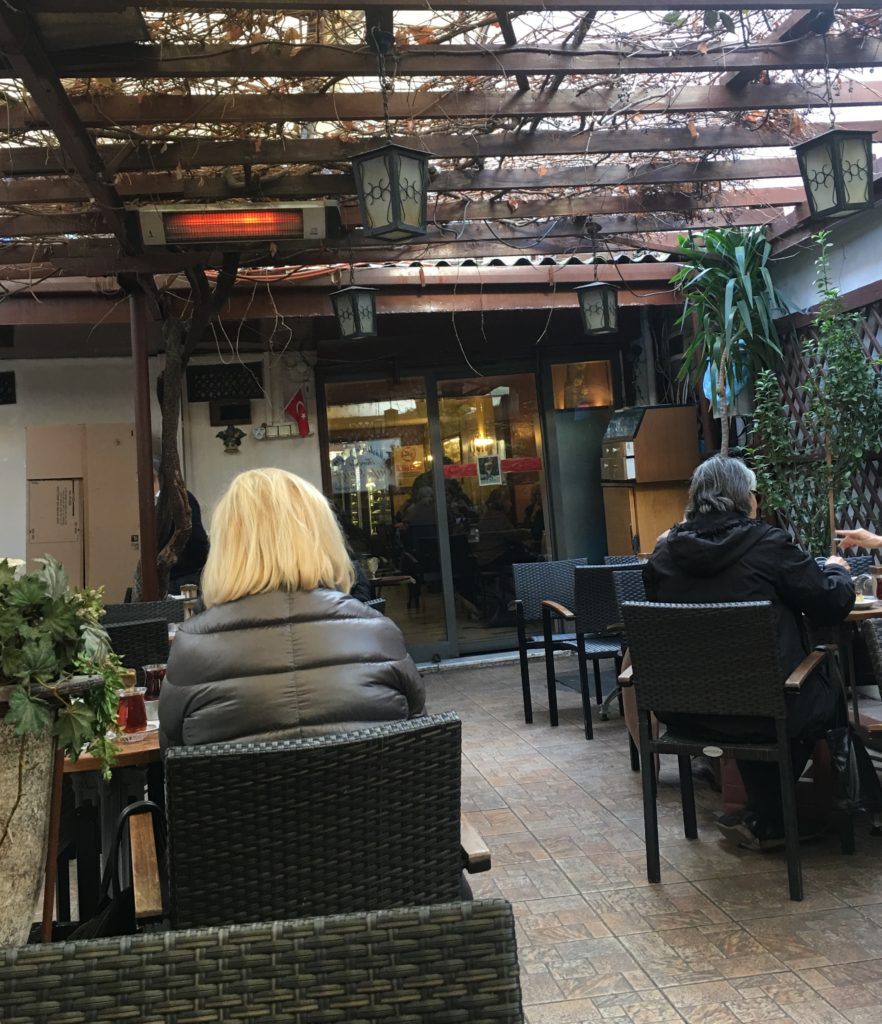
Harry Lenas was the only member of the Lenas family who continued with the family business. He had no children of his own to pass on the business. Baylan had by now taken its unique place in the commercial history of the city and the memories of its citizens. It broke his heart to think that it would not exist anymore after his death. So, in 2009, after long thought and research, he decided to sell Baylan to the Altınkılıç family. The choice was not accidental. The company Altınmarka that is owned by this family is one of the leading industrial cocoa and chocolate manufacturers in the world. They also have a chain of coffee shops (Kahve Dünyası) of their own.
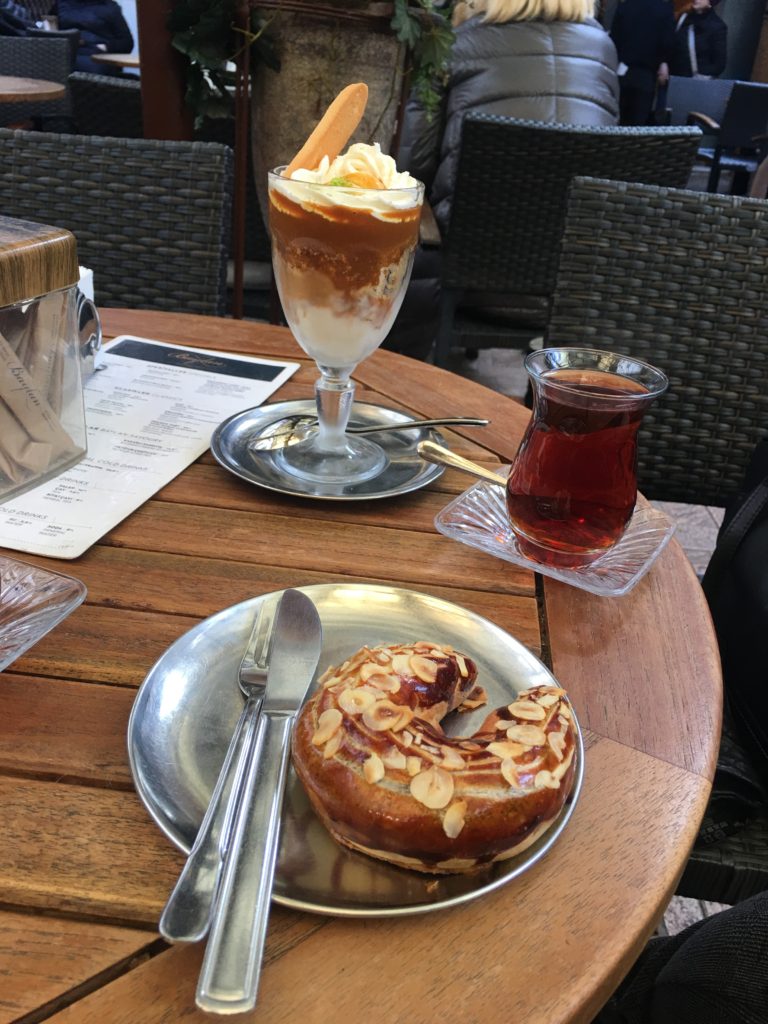
Kup Griye, the Crescent Scone (Ay Çöreği) and of course tea…
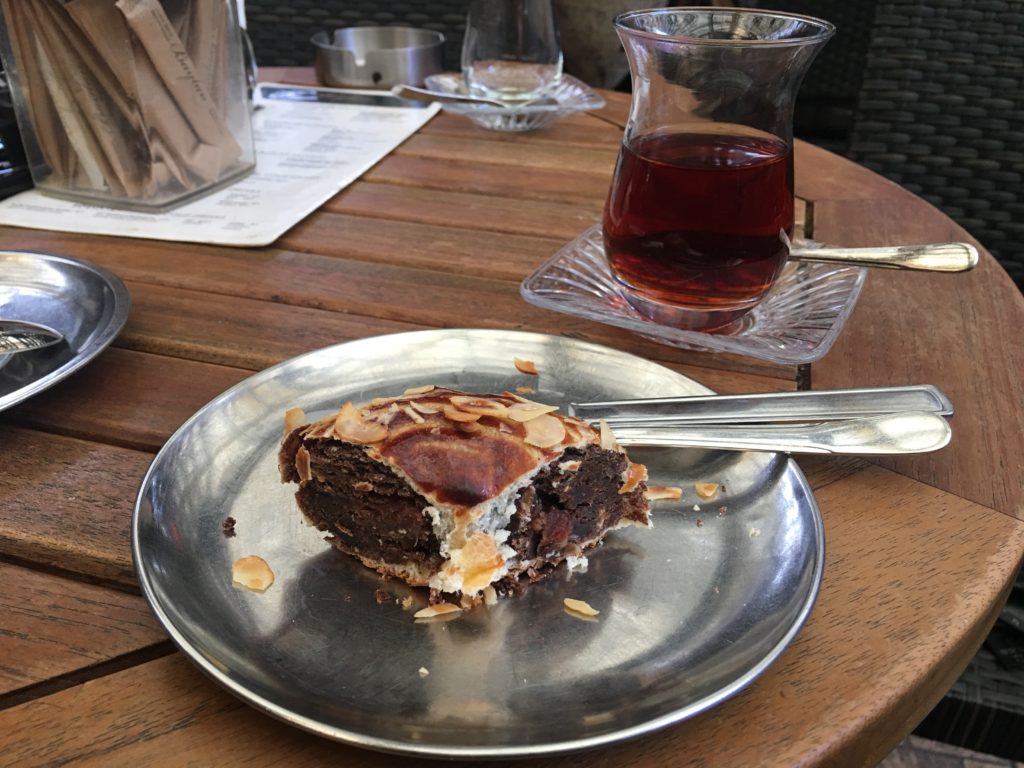
Having sold Baylan, Harry Lenas continued to work with the new owners. He passed on all the recipes and secrets that the business required for a successful continuation. In 2010, a more luxurious and fashionable branch was opened in the stylish Bebek district by the Bosphorus, on the European coast. However, long-time fans still prefer the modest shop on the Asian side. Located in the famous Kadıköy Market, it is the place where students, academicians, housewives and veterans like to drop by for tea, coffee and definitely a Baylan specialty. The quiet little garden at the back is a haven that keeps you away from the hubbub that is always going on outside. In winter times the heaters will keep you warm. In summer, the shade will give you pleasure. You can enjoy your book while giving yourself a treat and most often than not, you won’t be able to resist the temptation of trying not just one, but several Baylan products. Oh! And, never forget to make Kup Griye one of them. A mixture of vanilla and caramel ice cream, with cream shanty, caramel sauce and roasted almonds caramelised with honey. In an interview I read, Harry Lenas said that, he created this coupe when he realised how much Turkish people are fond of caramel. Keep in mind that, you will have to wait for a while because it is always freshly prepared following an order.
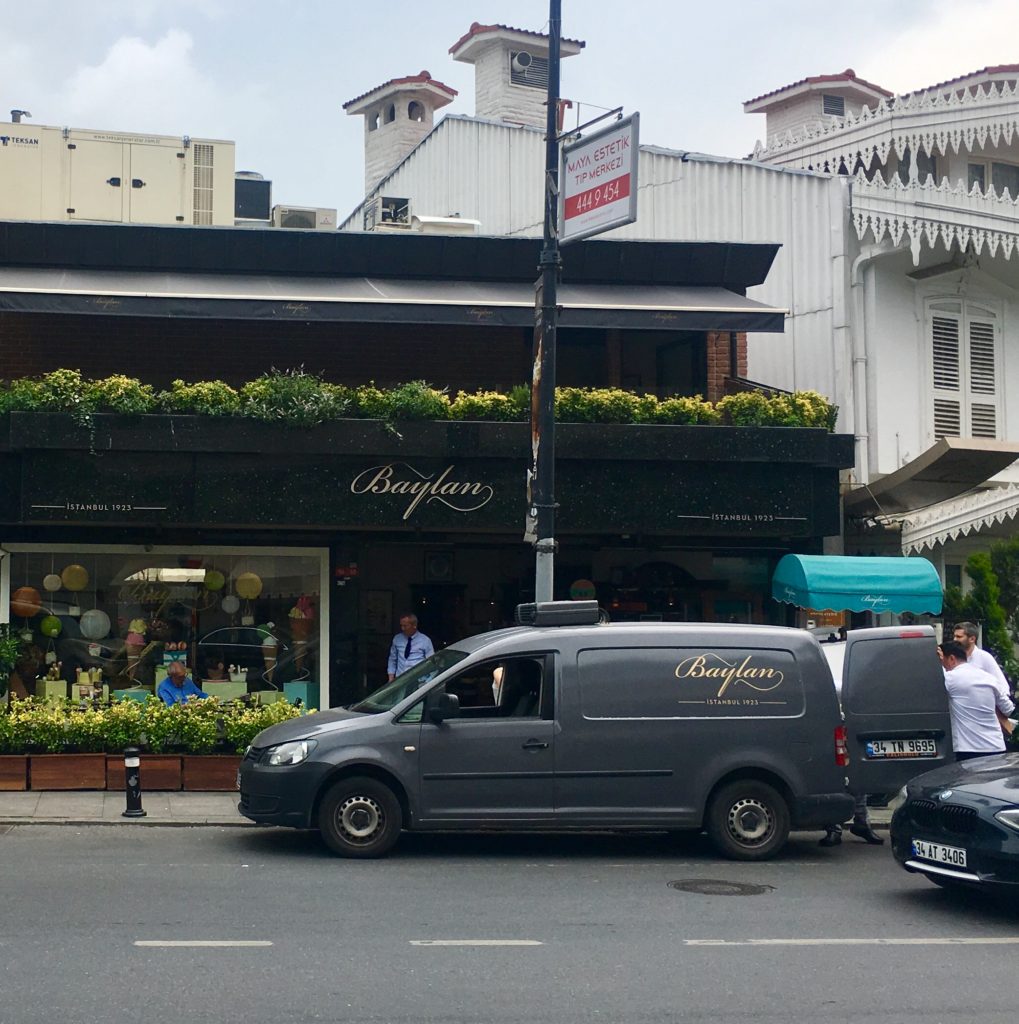
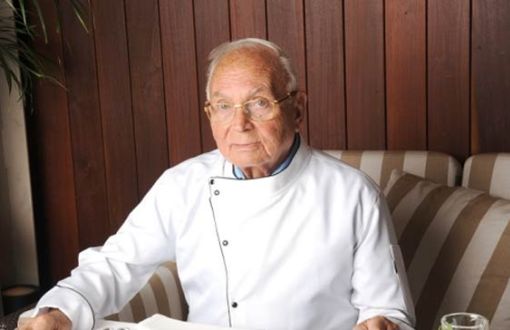
Source: Bianet 11/6/2016
Currently, I am not able to comment on the Baylan Café and Brasserie in Bebek, as I have not been there yet. Knowing its location by the Bosphorus, I can imagine the feeling of indulgence in heavenly tastes while being in a mesmerising atmosphere. I do hope that the new concept introduced by the new owners is worthy of the memory of this legendary trademark.
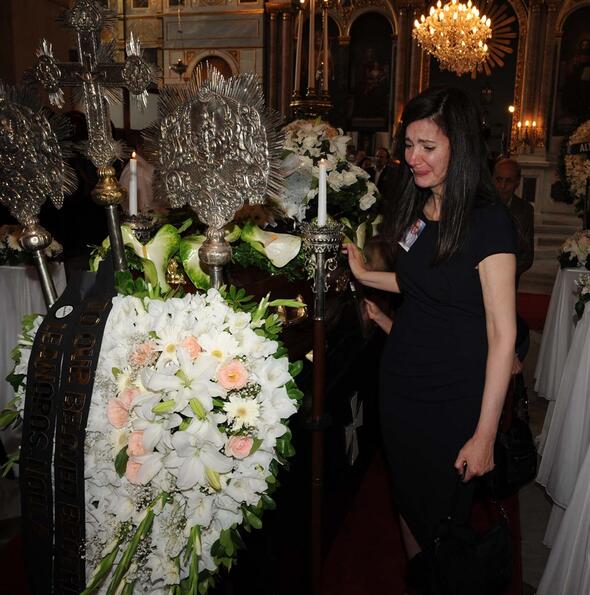
Source: www.hurriyet.com.tr 13/6/2016
Mr. Harry Lenas, who became known as the “academician pastry chef” died in 2016. His funeral service took place at the Aya Triada Greek Orthodox Church in Taksim. He was later buried at the Greek Cemetery in Şişli.
May he rest in peace…
Afterword
Baylan now has a third branch at the new Galataport complex in the Tophane district, near Karaköy. (January 2022)
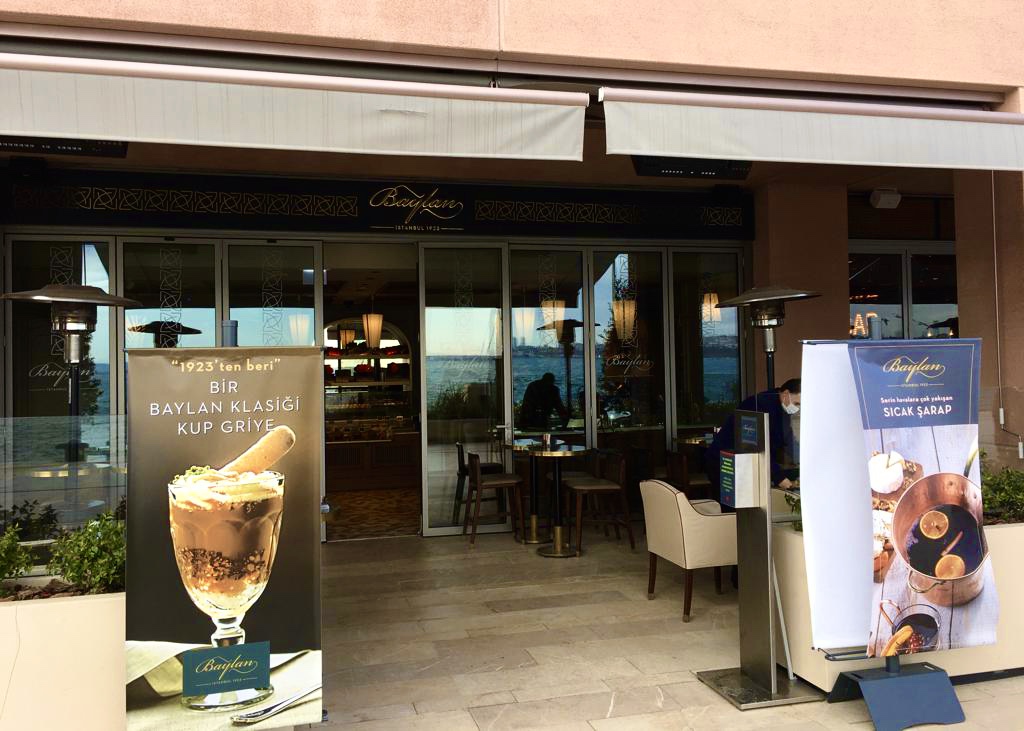
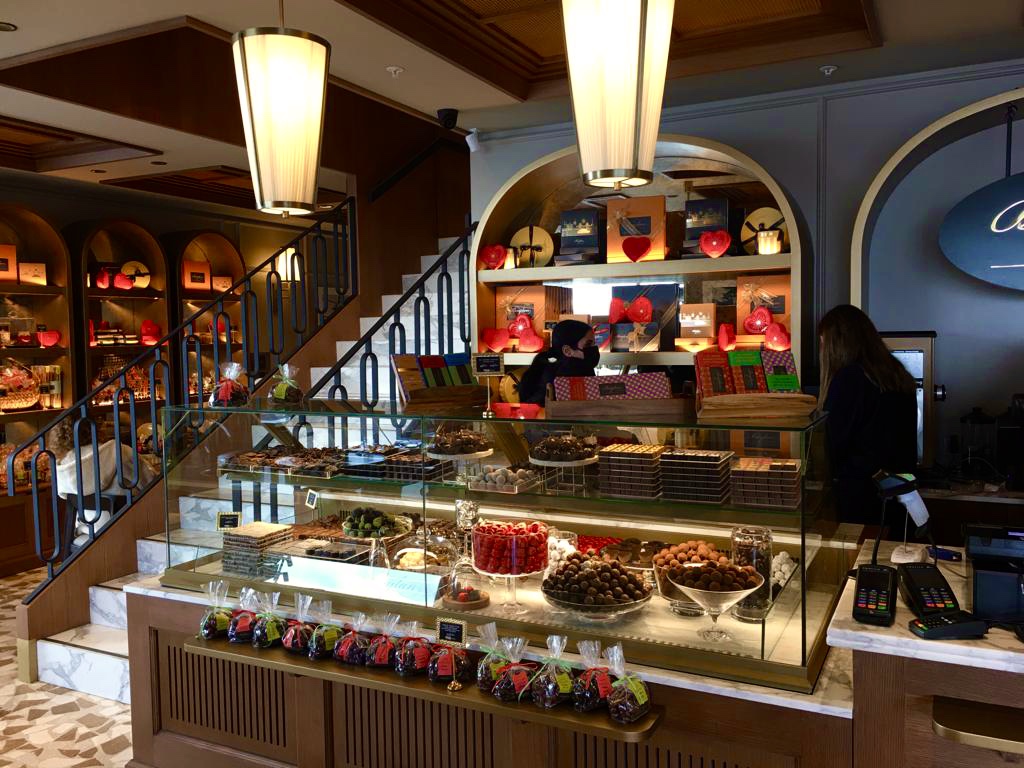
Baylan at Galataport
